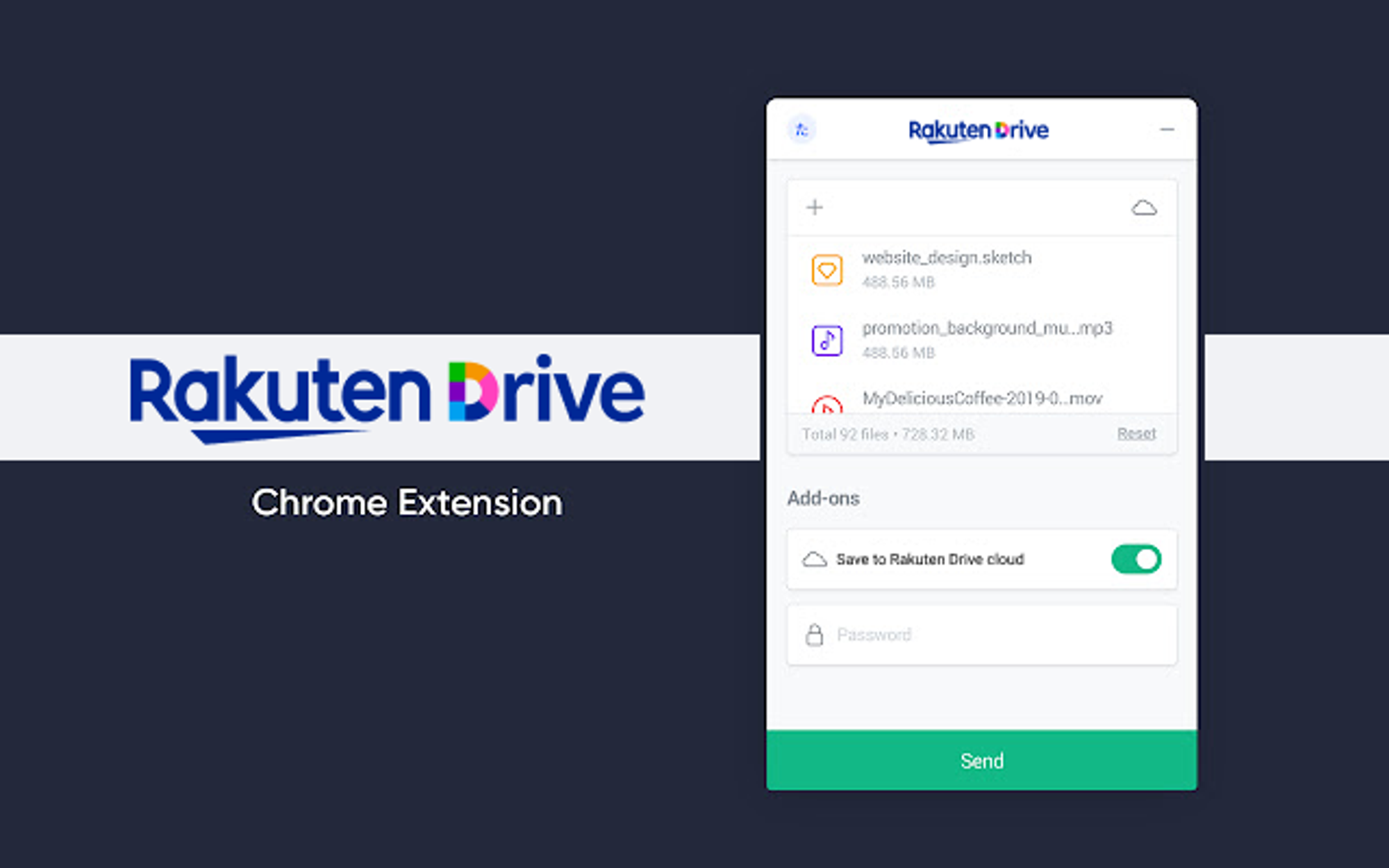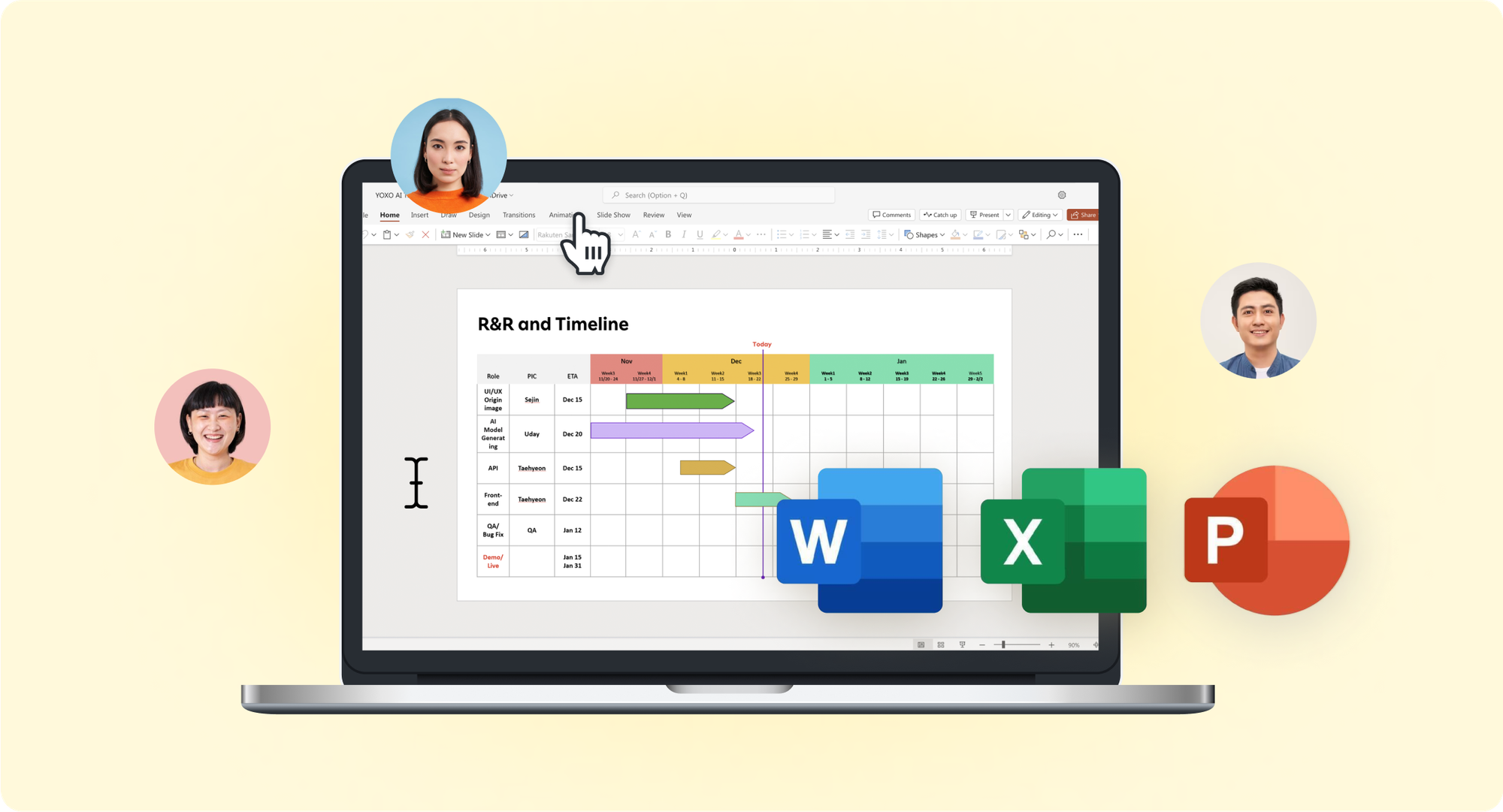What is SaaS? A Simple Guide to Understanding SaaS Cloud Services!
In today’s rapidly changing business environment, companies need more efficient and flexible software solutions. Enter SaaS (Software as a Service), which addresses these needs. With SaaS, businesses can leverage the latest technology without the high upfront costs and reduce the burden of management and maintenance. Today, we'll explore what SaaS is and highlight the key features of SaaS cloud services.
Image Source: Freepik
Table of Contents
1. What is SaaS?

Source: Freepik
SaaS, which stands for 'Software as a Service', refers to software that is delivered via the cloud and accessible over the internet, without the need for separate installations or hardware transitions. Users can access the necessary features anytime and anywhere through an internet browser, without having to purchase or install the software. A notable example of SaaS is Microsoft's Office 365, which provides document creation, email management, and collaboration tools all within a single platform, helping users manage their tasks more efficiently. We will explain exactly what SaaS is and detail its four key features.
📍 MS Office Web Editing Features added to Rakuten Drive!
2. Simple Guide to Understanding SaaS Cloud Services

Source: Freepik
1) Excellent Accessibility
SaaS is highly convenient because it can be accessed anytime and anywhere with just an internet browser. You are not tied to a specific location; as long as you have an internet connection, you can access and work on the software from anywhere. This flexibility allows for quick document modifications from remote locations or efficient management of tasks during frequent travels. As a result, it enhances business continuity and creates a work environment that is not restricted by time or place.
2) Payment Flexibility
SaaS offers flexible payment options with monthly or annual subscription plans, making it easier to manage operations. Users can select the subscription period according to their needs and cancel the subscription at any time if it is no longer required. This flexibility allows businesses to manage software costs more effectively and adapt to budget plans. For instance, if a software is needed only for a specific project period, it can be subscribed to only for that duration, reducing overall costs.
3) Cost Efficiency
SaaS is economically advantageous as it eliminates maintenance and support costs. Traditional software often incurs significant expenses for regular updates and maintenance beyond the initial purchase cost, whereas SaaS greatly reduces these burdens. The software provider manages and updates the software directly on cloud servers, so users always have access to the latest version without additional costs. This reduces IT infrastructure management costs, making it especially beneficial for small and medium-sized businesses or startups.
4) Autonomous Updates and Data Mobility
SaaS automatically handles updates, so users do not need to worry about manual updates. This ensures that the latest features and security patches are always in place, as the software provider manages updates on cloud servers. Users can always use the most up-to-date version without concerns about system downtimes or compatibility issues. Additionally, data sharing between software and the cloud is seamless, allowing for quick access to and preparation of the necessary data, which facilitates efficient work.
3. What is B2B SaaS?

Source: Freepik
1) Meaning
B2B SaaS stands for 'Business to Business Software as a Service', referring to companies that provide software to other businesses in the form of a service. Unlike software aimed at individual consumers, B2B SaaS targets businesses and delivers software solutions via the cloud to support various business processes. These solutions typically include features such as productivity enhancement, operational efficiency, data analytics, and collaboration tools.
👉 Check out Rakuten Drive's Case Studies for Businesses
2) Features
B2B SaaS offers several distinctive features, and many companies use this software to automate services or products and leverage optimized technology to generate revenue. Here’s a look at what B2B SaaS is and its key characteristics:
- Automation and Efficiency: B2B SaaS automates repetitive and time-consuming tasks, enhancing efficiency. This allows companies to handle more work with fewer resources.
- Scalability: Cloud-based B2B SaaS can easily scale with a company’s growth. Users can add or remove features as needed without investing in additional hardware or infrastructure.
- Cost-Effectiveness: With low initial investment costs and subscription-based payments, companies can use software flexibly according to their needs. Additionally, maintenance costs are reduced, making it cost-efficient.
- Security and Updates: B2B SaaS providers adhere to the latest security standards and offer automatic updates to ensure the latest features and security patches are always available. This alleviates concerns about data security and software maintenance.
- Data Analytics and Reporting: B2B SaaS provides data analytics and reporting features that help businesses derive valuable insights and make data-driven decisions.
3) Examples of B2B SaaS
✅ Adobe

Source: Adobe
Adobe is a company that provides B2B SaaS solutions in the creative software domain. Adobe Creative Cloud offers a range of design and multimedia creation tools, such as Photoshop, Illustrator, and Premiere Pro, via the cloud, enabling designers and content creators to work anytime and anywhere. Additionally, Adobe Document Cloud provides solutions for creating, editing, signing, and sharing PDF documents, helping businesses manage their documents efficiently.
✅ Slack

Source: Slack
Slack, a leading player in the B2B SaaS market, is well-known for its team collaboration processes. Slack offers real-time messaging, data sharing, and integrated workflow management features to support smooth communication and collaboration among team members. It also enhances efficiency by automating workflows and integrating with various third-party applications. This enables businesses to adapt flexibly and effectively in a rapidly changing business environment. Comparative Analysis of 3 Business Chat Platforms: Which Messenger Suits Our Company Best?
📍Comparative Analysis of 3 Business Chat Platforms : Which Messenger Suits Our Company Best?
4. Start with Cloud Services from Rakuten Drive!

If managing files with separate servers seems cumbersome, try using Rakuten Drive’s cloud service! Rakuten Drive is a cloud storage service that securely stores all your data in the cloud, allowing you to access uploaded files from any device, anytime and anywhere. With an easy and simple way to upload files to the cloud and share links, you can collaborate efficiently with team members and manage shared files reliably.

Additionally, Rakuten Drive allows you to open and edit documents, slides, and spreadsheets in real-time using the web versions of Microsoft Word, Excel, and PowerPoint, without needing to download the files stored in the cloud. Multiple users can edit the same document simultaneously, making collaboration between team members more convenient and enabling more flexible working arrangements. Experience more efficient and secure data sharing and management with Rakuten Drive! Considering optimized cloud storage services for your business?
